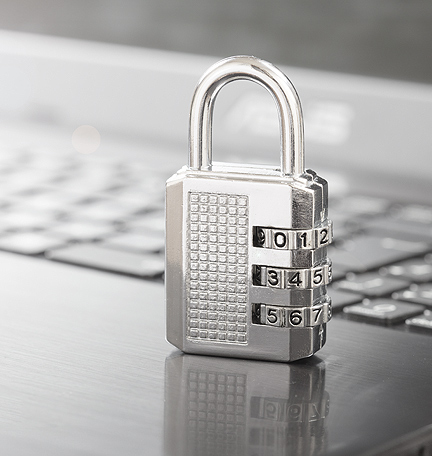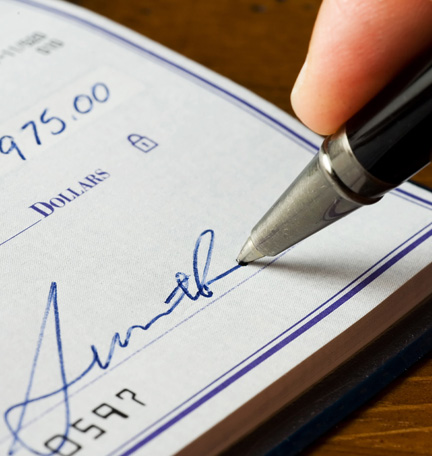Any transaction that involves the exchange of currencies brings the risk of unexpected costs or financial losses based on the continuously fluctuating value of the U.S. dollar. It’s imperative that business owners and operators are aware of their risk and have plans in place to effectively manage it.
Any transaction that involves the exchange of currencies brings the risk of unexpected costs or financial losses based on the fluctuating value of the U.S. dollar. It’s imperative that business owners are aware of that risk and have a plan for how to effectively manage it. Even companies dealing solely in U.S. dollars internationally face currency exchange rate risk as the cost of this is built into the price of the goods already.
Does your business face foreign exchange risk? If you’re like many business owners, your initial answer might be: “No because I only conduct foreign sales and purchases in U.S. dollars.”
The reality, though, is that you are vulnerable to foreign exchange risk if you answer “Yes” to any of these questions:
- Does your U.S.-based firm buy raw materials, finished goods or have vendors located outside of the United States?
- Do you sell your products internationally?
- Are you a U.S. subsidiary of a foreign parent company?
- Does your U.S. company have foreign offices or operations?
- Do you ever purchase equipment from outside the U.S.?
If you answered “Yes” to at least one of these questions and you’re not already managing the known or unknown risk, you could face unexpected costs or financial losses if the U.S. dollar moves in the wrong direction relative to the foreign currency.
Rising dollar makes exports less competitive
Any time an international transaction occurs, there’s a chance the exchange rate will change between the transaction date and the date in which the payment is made for goods. Aside from possibly driving up costs unexpectedly or taking a bite out of your company’s profits, foreign exchange risk could take on different dimensions. For example, if your products sold overseas are priced in U.S. dollars, an increase in the U.S. dollar value could make your goods more expensive (and less attractive) than if they were priced in local currency.
Without some type of protection against changes in foreign currency exchange rates, you’re essentially gambling with unpredictable exchange rates, which adds an unnecessary risk to a host of other risks that might be avoidable. Fortunately, it’s easy to hedge basic foreign exchange risks.
“If you’re selling abroad on a contract basis, it’s quite straight forward to have a series of forward contracts to match the payment dates on the contract,” says Michael Zelickson, Director, Foreign Exchange for Regions Bank.
Dual invoicing can save money
Let’s say you buy a piece of equipment from overseas. Rather than simply accept a dollar invoice, which could be inflated by a foreign vendor to protect them against currency fluctuations, you could request a dual invoice, which states the cost of the goods in both foreign currency and U.S. dollars.
“With a dual invoicing strategy, we can help you determine what the savings may be by paying for the equipment in foreign currency and hedging,” says Randy Lambeth, Managing Director, Financial Risk Management, Regions Bank. “We have seen meaningful savings repeatedly which shows how this can be an effective strategy for one-off foreign purchasing needs.”
Dollar-cost averaging maintains stability
Another approach to hedging, according to Lambeth, is based on dollar-cost averaging. Break regular payment obligations into quarters and hedge the nearest quarter’s costs, perhaps covering 80 percent of the foreign exchange risk, while leaving 20 percent floating (unhedged). As each quarter approaches, increase the amount hedged from perhaps 40 percent hedged two quarters away to 60 percent hedged one quarter out, and 80 percent in the nearest quarter. That steady, routinized hedging strategy will maintain stability and predictability, alleviating concerns about unpredictable foreign currency movements.
The bottom line is to understand that any transaction involving an exchange of currencies comes with some risk, and unless you intend to take an active position, you’re essentially betting that the exchange rate will move in your favor. Instead, it’s prudent to manage that risk.
For more information, speak with your Regions Bank Relationship Manager, who can put you in touch with the bank’s foreign exchange team.











